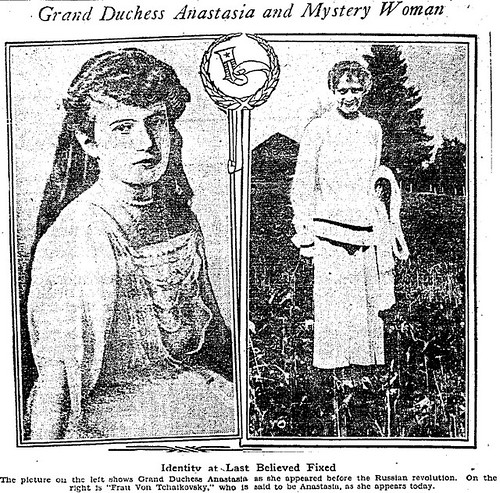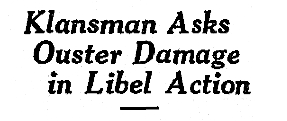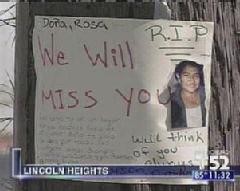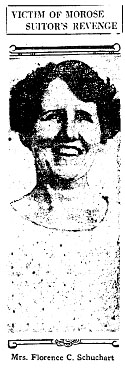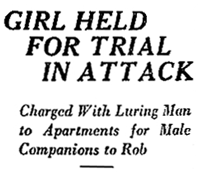
 August 19, 1927
August 19, 1927
Los Angeles
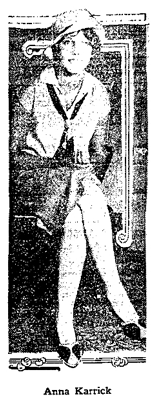 All the noir hallmarks here: a destitute, starry-eyed country girl, the shifty grifter she befriends, a rube with some dough in his pocket, a classic con, the crummy apartment hotel and a dark city.
All the noir hallmarks here: a destitute, starry-eyed country girl, the shifty grifter she befriends, a rube with some dough in his pocket, a classic con, the crummy apartment hotel and a dark city.
Anna Karrick, 22, ran away from her Illinois farm home to win fame in pictures, but found herself down and out.
At a dance, she met a nice guy, Phillip Linker, of 1327 West Fourth Street. She persuaded him to come back to her  place at 532 South Fremont Avenue (one imagines it didn’t take all that much persuasion). Once there, in the hallway, thoughts of ingress dancing in Linker’s head, he is brained by a rolling-pin, wielded by one Jess F. Waller. Linker wakes up in a taxicab, lightened of seven dollars and other valuables.
place at 532 South Fremont Avenue (one imagines it didn’t take all that much persuasion). Once there, in the hallway, thoughts of ingress dancing in Linker’s head, he is brained by a rolling-pin, wielded by one Jess F. Waller. Linker wakes up in a taxicab, lightened of seven dollars and other valuables.
Waller and Karrick are thrown into County and charged with robbery and ADW. Anna told the court today about her relationship with Waller, sure, but denied knowing he’d be there with her rolling-pin.
Sadly the Times didn’t see the need to print the trial’s outcome, and because there’s no Anna Karrick listed in imdb, we must sadly assume she never broke through Hollywood’s gates.
 532 South Fremont (now site of Glossy Black Tower, left) may be long gone, but it was a fun place while it lasted. In May 1929, Filipino nationals Cal Blanco and Ceferino Sandries argued over women with some sailors from the USS Colorado, when Blanco announced, “I’m going to kill all you sailors,” and so sailor Clyde Forehand shot them both dead; July of 1929 saw a riot there involving thirty sailors and six women, at which two women and seven men were booked on suspicion of robbery; Jack Wilson and Clark Falcon, leaders of a gang of automobile plunderers, were arrested with their booty here in February, 1932; in September 1935 Robert Honchell, a 25 year-old taxi driver, was having a drinking party with his pal Edward Folder, a 29 year-old unemployed café worker, when a woman showed up with her infant daughter—Folder’s insistence on taking the child out for candy started a quarrel, and Folder ended up stabbed mortally in the chest by Honchell…you get the idea.
532 South Fremont (now site of Glossy Black Tower, left) may be long gone, but it was a fun place while it lasted. In May 1929, Filipino nationals Cal Blanco and Ceferino Sandries argued over women with some sailors from the USS Colorado, when Blanco announced, “I’m going to kill all you sailors,” and so sailor Clyde Forehand shot them both dead; July of 1929 saw a riot there involving thirty sailors and six women, at which two women and seven men were booked on suspicion of robbery; Jack Wilson and Clark Falcon, leaders of a gang of automobile plunderers, were arrested with their booty here in February, 1932; in September 1935 Robert Honchell, a 25 year-old taxi driver, was having a drinking party with his pal Edward Folder, a 29 year-old unemployed café worker, when a woman showed up with her infant daughter—Folder’s insistence on taking the child out for candy started a quarrel, and Folder ended up stabbed mortally in the chest by Honchell…you get the idea.


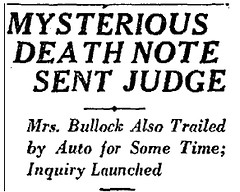 When you’re the first female jurist to serve in the state of California, celebrity finds you, whether you want it or not. Today, police began investigating a series of death threats sent to Municipal Judge Georgia Bullock. The letters had been arriving steadily for six weeks, but Bullock hadn’t taken them seriously until last week, when she realized she was being followed by a lone figure in a large car.
When you’re the first female jurist to serve in the state of California, celebrity finds you, whether you want it or not. Today, police began investigating a series of death threats sent to Municipal Judge Georgia Bullock. The letters had been arriving steadily for six weeks, but Bullock hadn’t taken them seriously until last week, when she realized she was being followed by a lone figure in a large car. Happily, the villains never succeeded in carrying out their threats, and Bullock went on to serve as a judge in Los Angeles for 32 years until her retirement in 1955. She specialized in hearing cases involving marriage, divorce, and homeless children, but her happiest years came at the end of her career, which she spent in the Adoption Department of the Juvenile Court. Upon her retirement, she said, "I’m going to miss it. I’ll miss seeing the little ones that have been such darlings in my courtroom these last twelve years, and I’ll miss watching that wonderful happiness that childless couples show when they are adopting children."
Happily, the villains never succeeded in carrying out their threats, and Bullock went on to serve as a judge in Los Angeles for 32 years until her retirement in 1955. She specialized in hearing cases involving marriage, divorce, and homeless children, but her happiest years came at the end of her career, which she spent in the Adoption Department of the Juvenile Court. Upon her retirement, she said, "I’m going to miss it. I’ll miss seeing the little ones that have been such darlings in my courtroom these last twelve years, and I’ll miss watching that wonderful happiness that childless couples show when they are adopting children."
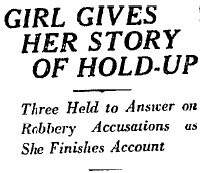
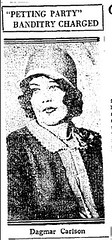
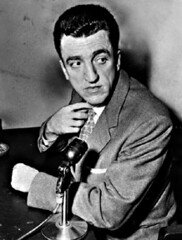
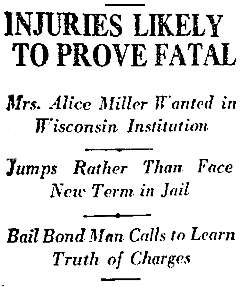 Alice Miller, 24, was hanging out with her buddies Helen Myers, Norman Myers and Robert Wilkenson—the four of them all out on bail on various charges of grand larceny, pickpocketing, and vagrancy—in her little room at the Hillman Apartments,
Alice Miller, 24, was hanging out with her buddies Helen Myers, Norman Myers and Robert Wilkenson—the four of them all out on bail on various charges of grand larceny, pickpocketing, and vagrancy—in her little room at the Hillman Apartments,  But the moments come and go and the collected find the room empty. She’s chosen death over jail: through the open window, they see her broken body lying four stories below.
But the moments come and go and the collected find the room empty. She’s chosen death over jail: through the open window, they see her broken body lying four stories below.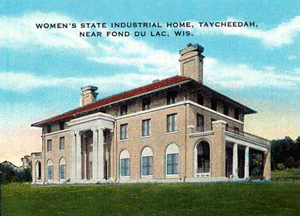



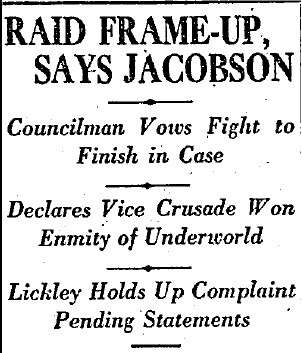
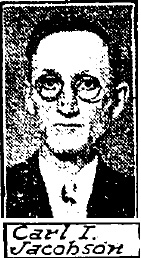 Hazel Ferguson, but who later admitted her real name was Mrs. Callie Grimes.
Hazel Ferguson, but who later admitted her real name was Mrs. Callie Grimes. 
